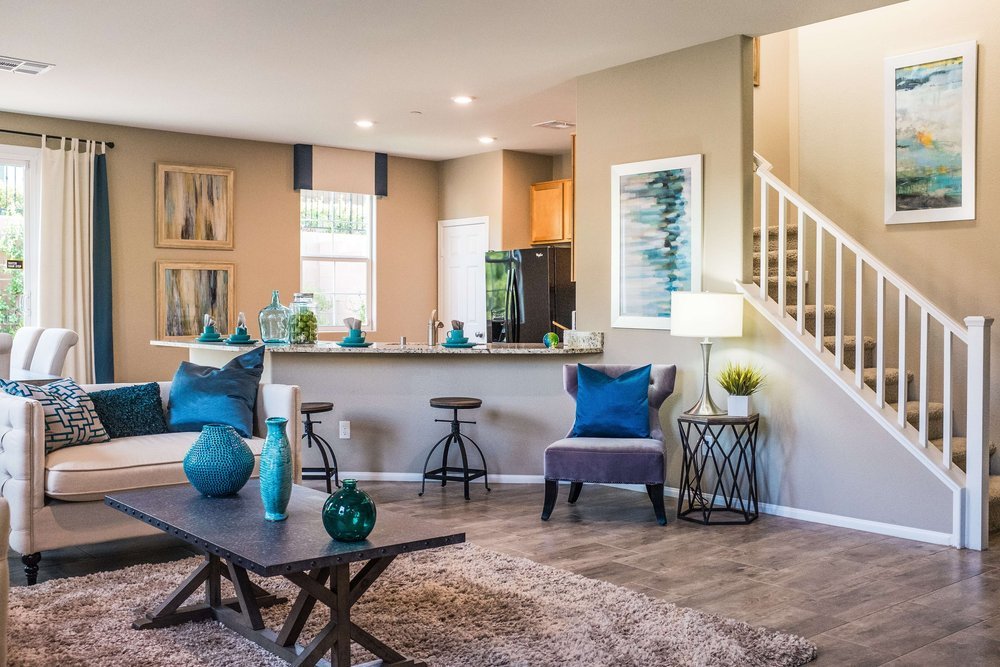DIY and Home Improvement: Transforming Your Space with Creativity and Care
In recent years, the DIY (Do It Yourself) movement has gained immense popularity, transforming homes into personalized havens. Home improvement projects not only enhance the aesthetics and functionality of your living space but also foster a sense of accomplishment and creativity. Whether you’re a seasoned DIY enthusiast or a beginner, there’s always a project that can add value to your home. In this blog, we’ll explore various aspects of DIY and home improvement, from planning your projects to tips and tricks that can make the process enjoyable and rewarding.
The Benefits of DIY Home Improvement
1. Cost Savings
One of the most appealing aspects of DIY projects is the potential for significant cost savings. Hiring professionals can be expensive, especially for tasks like painting, landscaping, or minor renovations. By taking on these projects yourself, you can save money on labor costs and allocate your budget to quality materials instead.
2. Personalization
DIY home improvement allows you to create a space that truly reflects your style and preferences. You have complete control over the design, colors, and materials, enabling you to tailor every detail to suit your taste. Whether it’s a rustic farmhouse look or a sleek modern aesthetic, your home can become a canvas for your creativity.
3. Sense of Accomplishment
Completing a DIY project can be incredibly fulfilling. The sense of accomplishment that comes from seeing your hard work manifest into a beautiful, functional space is unmatched. Each completed project adds to your confidence and skills, encouraging you to take on even more ambitious tasks in the future.
4. Sustainable Practices
Many DIY projects promote sustainability by encouraging the reuse and repurposing of materials. Upcycling old furniture or using eco-friendly materials can reduce waste and contribute to a more environmentally friendly home.
Getting Started: Planning Your DIY Projects
Before diving into a DIY project, it’s essential to plan carefully. Here’s a step-by-step guide to help you get started:
1. Identify Your Goals
Begin by identifying what you want to achieve. Are you looking to enhance curb appeal, improve functionality, or create a relaxing space? Having clear goals will guide your decisions throughout the project.
2. Set a Budget
Determine how much you’re willing to spend on your project. This will help you prioritize your purchases and avoid overspending. Remember to account for tools and materials, as well as any unexpected costs that may arise.
3. Research and Gather Inspiration
Browse home improvement websites, social media platforms like Pinterest and Instagram, or visit local home improvement stores to gather ideas. Create a mood board to visualize your design, color palette, and overall aesthetic.
4. Create a Timeline
Establish a realistic timeline for your project. Consider factors such as the complexity of the task, availability of materials, and your personal schedule. Breaking the project into manageable phases can make it less overwhelming.
5. Gather Tools and Materials
Make a list of the tools and materials you’ll need for the project. If you don’t already own certain tools, consider borrowing them from friends or renting them from local hardware stores. This can save you money and storage space.
Popular DIY Projects for Every Skill Level
Now that you have a plan in place, let’s explore some popular DIY home improvement projects that cater to various skill levels:
Beginner Projects
- Painting a Room: A fresh coat of paint can dramatically change the look of a room. Choose a color that complements your furnishings and follow basic painting techniques for a polished finish.
- Creating a Gallery Wall: Gather your favorite artwork, photos, and prints to create a stunning gallery wall. Use a mix of frame styles and sizes for an eclectic look, and arrange them on the floor before hanging to find the perfect layout.
- Updating Hardware: Swapping out cabinet knobs, drawer pulls, and light fixtures can refresh the look of your kitchen or bathroom without major renovations. Choose hardware that complements your design style.
Intermediate Projects
- Building Shelves: Floating shelves are both functional and stylish. With basic woodworking skills, you can create custom shelving to showcase books, plants, or decorative items.
- Refinishing Furniture: Give old furniture new life by sanding, staining, or painting it. This is a great way to personalize pieces while saving money.
- Installing a Backsplash: A kitchen backsplash can be a focal point. Consider peel-and-stick tiles for an easy and impactful upgrade.
Advanced Projects
- Kitchen Remodel: If you’re feeling ambitious, a kitchen remodel can drastically improve your home’s value and functionality. Consider updating cabinets, countertops, and appliances, and don’t forget to plan for proper plumbing and electrical work.
- Deck or Patio Construction: Building a deck or patio can expand your outdoor living space. This project requires careful planning and construction skills, but the result is a beautiful area for entertaining.
- Bathroom Renovation: Transform your bathroom into a spa-like retreat with new fixtures, tile, and storage solutions. This is a more complex project but can significantly increase your home’s value.
Tips for Successful DIY Projects
1. Don’t Rush the Process
Take your time with each step. Rushing can lead to mistakes, which may end up costing more in the long run. Enjoy the process and celebrate small milestones along the way.
2. Ask for Help
Don’t hesitate to ask friends or family for assistance. DIY projects can be more fun with a team, and extra hands can make tasks quicker and easier.
3. Learn from Mistakes
Mistakes are part of the learning process. If something doesn’t turn out as planned, use it as an opportunity to learn and improve. Every project will enhance your skills for the next.
4. Keep Safety in Mind
Always prioritize safety. Wear protective gear, such as gloves and goggles, and read instructions for tools and materials carefully. Make sure your workspace is organized to minimize hazards.
Conclusion
DIY and home improvement projects are an incredible way to transform your living space while embracing your creativity. From small updates to major renovations, there’s a project for every skill level and budget. By planning effectively, gathering inspiration, and approaching each task with patience, you can create a home that truly reflects your personality and meets your needs. So roll up your sleeves, gather your tools, and embark on the exciting journey of DIY home improvement. Your dream space is just a project away!




